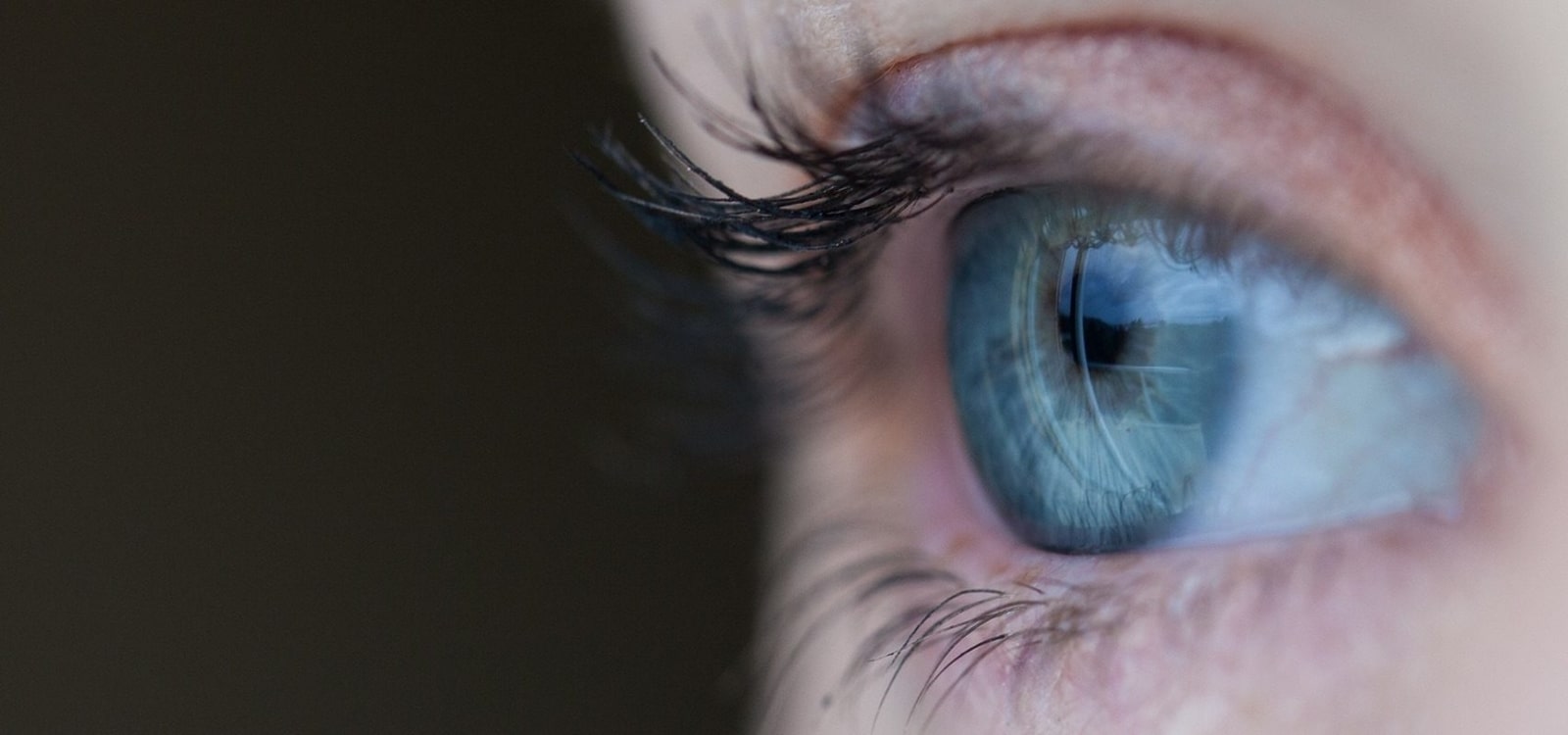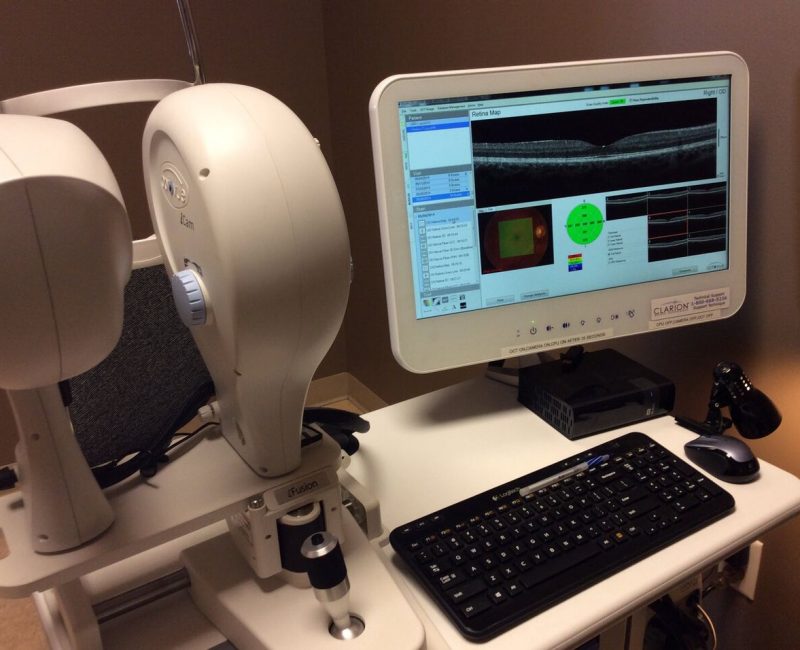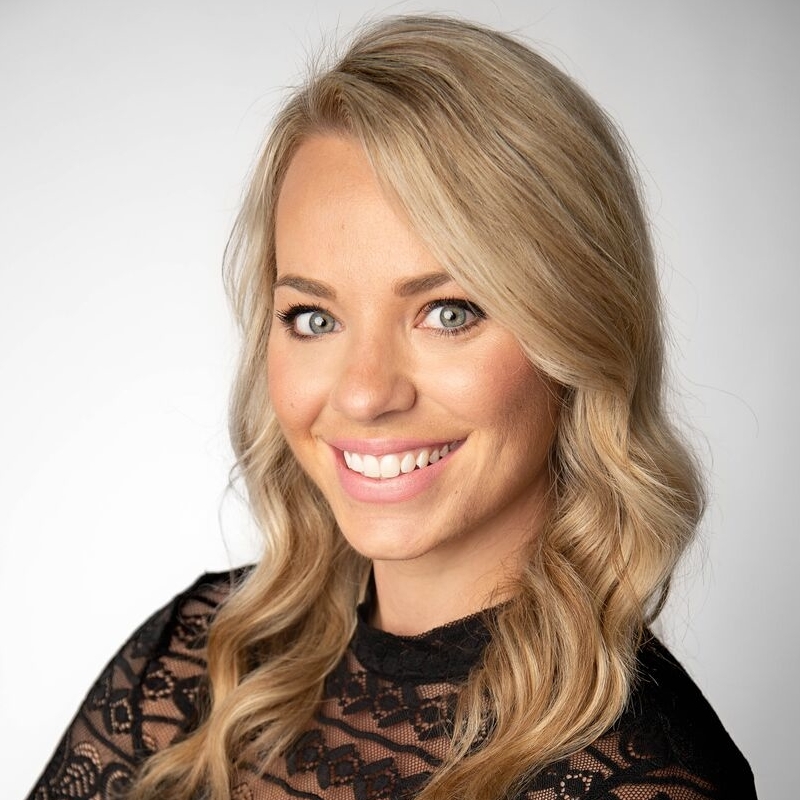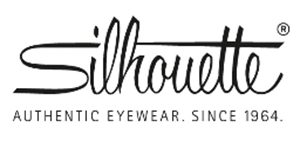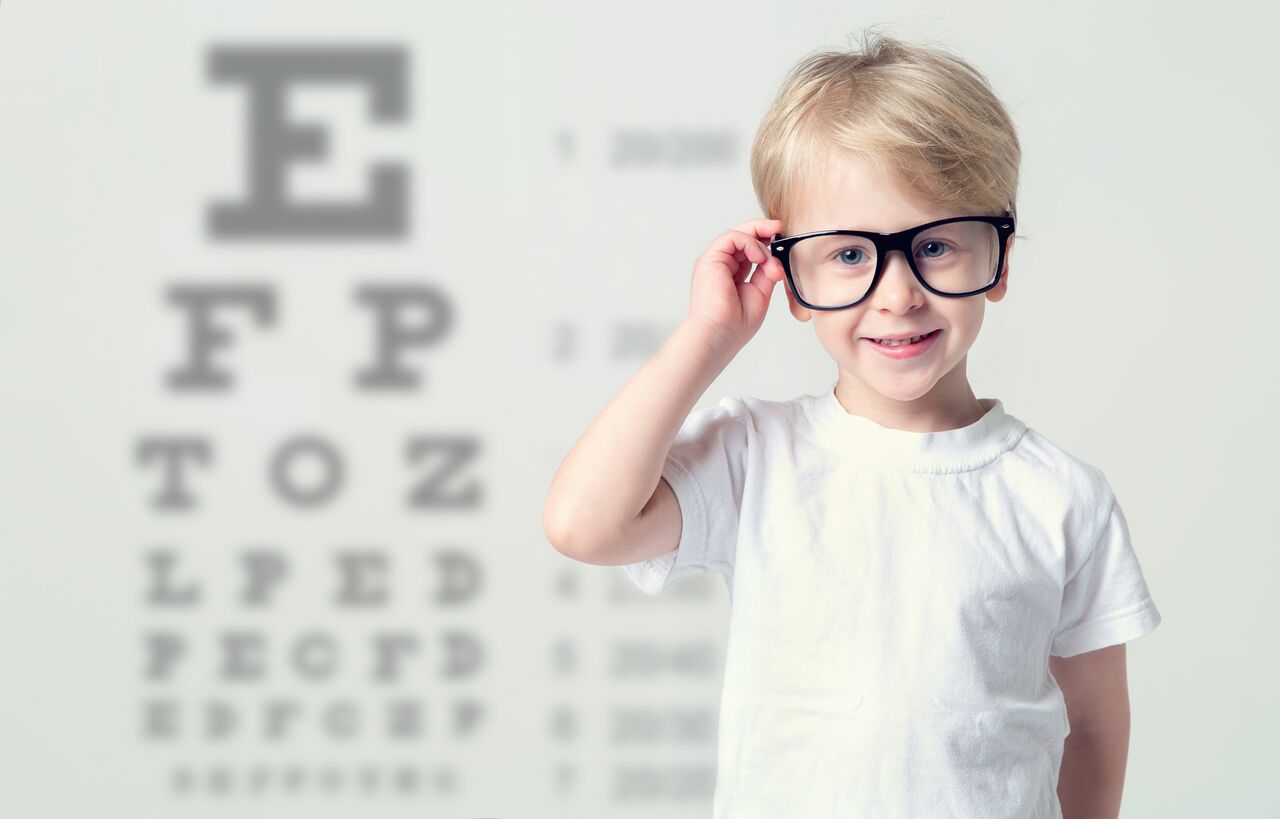
Cedar Pointe Optometry has been taking pride in keeping you and your family’s eyes healthy in Barrie, Ontario and surrounding area since 1945. We are the largest Optometrist office in Barrie and offer complete and comprehensive vision and eye health exams and screenings.
Our Doctors carry a solid education and advanced training, which provides us with the foundation of knowledge and experience necessary to bring you the latest breakthroughs in vision care. We feel that the combination of each of our individual talents provides an exceptional eye care experience. Knowledge must stay current to give the best care to every person who comes in for help!
Cedar Pointe Optometry has been taking pride in keeping you and your family’s eyes healthy in Barrie, Ontario and surrounding area since 1945. We are the largest Optometrist office in Barrie and offer complete and comprehensive vision and eye health exams and screenings.
Our Doctors carry a solid education and advanced training, which provides us with the foundation of knowledge and experience necessary to bring you the latest breakthroughs in vision care. We feel that the combination of each of our individual talents provides an exceptional eye care experience. Knowledge must stay current to give the best care to every person who comes in for help!

Our office has expanded many times since first opening in Barrie in 1945. Our second office was opened in Stayner in 1996 after seeing a need for full family eye care in the area. The practice continues to grow and with four Optometrists and eleven assistants, we still strive to meet our goal of supplying the best eye care possible to you, our patients.
Dry eye is one of the most common eye conditions we encounter in daily practice. Your tears are a crucial part of clear comfortable vision. Without a smooth healthy tear film on the surface of the eye, the world you see can be very blurry. Surprisingly, one of the most common symptoms of a dry eye is a watery eye. This excessive tearing is often in response to irritation or even inflammation on the front surface of the eye. This excess watering however does not help with the dryness. It can actually make it worse – similar to how your skin wrinkles or dries out if in a bathtub for too long. Dry eye can make routine tasks such as reading, working on the computer or driving more frustrating and even uncomfortable. If left untreated, it can lead to pain, ulcers, or even scars on the front surface of the eye. Other common symptoms are a burning gritty sensation, stringy discharge, blurred vision, contact lens intolerance or redness. Dry eye can be caused by age, certain medications, hormonal changes, medical conditions (diabetes, Sjogren’s), environmental factors and even incomplete blinking. If you feel you are suffering from some of these symptoms, give our office a call for an assessment and we’d be happy recommend a treatment plan
Presbyopia is the loss of ability to focus that comes with getting older, and everyone must tolerate it eventually. Most people are between the ages of 40 and 50 when they first become aware that they are losing the ability to see near objects or reading material close to their eyes. They have to hold the newspaper farther from their eyes to see it clearly. At the same time, their focus for distant objects remains normal. In the early stages of presbyopia, your eyes may become strained after a long period of close work, or eventually blur. You may have difficulty shifting your focus from near to far – when you look up from reading, your distance vision may stay blurred for several seconds or even minutes before it clears. These symptoms worsen later in the day, when you are tired. Presbyopia is caused by the lens within the eye losing its flexibility, which decreases the eye’s ability to change focus between close-up and faraway objects. Whenever the time comes that your eyes can no longer generate enough extra optical power to focus up close, you will need help in the form of glasses or contact lenses. People sometimes notice that their presbyopia gets “worse” after they start wearing reading glasses. The fact is, presbyopia will “worsen” whether you wear glasses or not, and putting off the use of corrective lenses will not slow down the presbyopia. Whether you are nearsighted, farsighted, astigmatic, or have perfect vision without glasses,you will still become presbyopic by middle age.
Floaters are translucent specks that seem to float about in your field of vision. Most people have floaters and they normally look like cobwebs, squiggly lines or floating bugs. Floaters become apparent when you look at something that is evenly bright, such as white paper or a blue sky, and are more evident when you move your eyes. Much of the interior of the human eyeball is filled with a clear, thick fluid that helps in maintaining the eye’s round shape. Light passes through this fluid and any bits of tissue will cast shadows onto the retina, and you see those shadows as something “floating” in your field of vision. Other occurrences can add more floaters. For example as your eyes age, the fluid in the eye may become stringy and the strands cast tiny shadows on the retina. Floaters can also come from old or new bleeding within the eye. They may be the result of a disease that causes opaque deposits in the fluid, an ocular inflammation that causes cellular debris, or they may be a residual from an old injury. In most cases floaters are simply an annoyance. However, the sudden appearance of new floaters accompanied by apparent flashes of light in the peripheral vision can be a sign that a vitreous detachment has occurred or, on rare occasions, these symptoms can be a danger sign that a retinal tear has occurred. The only way to diagnose the actual cause of the problem is by a complete eye examination with your optometrist.
Children should be seen by the age of 3 or as early as 6 months if there is concern or family history of eye conditions. Examinations can be performed at any age, even before a child can speak. Vision, alignment, depth perception, colour vision and ocular health are assessed during a comprehensive examination. Vision screenings are not a replacement for eye examinations and even 43% of children with a vision problem may pass a vision screening. Since 80% of learning is done through the eyes, it is important to detect ocular and visual conditions at a young age. Don’t assume your child will tell you if they are having visual problems. Children often do not know what is normal for their vision or assume everyone sees the way they do. In fact, they can often work their eyes too hard to compensate and result in headaches. One in six children has a visual problem severe enough to impair their ability to learn. However, children with poor vision who have difficulties staying focused may be misdiagnosed with a learning disability or behavioural issues. Be proactive by having your child’s eyes examined to be certain they are ready to succeed. Eye examinations are covered by OHIP for children up to the age of 19 and are recommended every 12 months. Your eyes are your most important school supplies!
Especially after Christmas, and the increase in popularity of game systems and everything ipod related, children and adults alike are spending an abundance of time staring at screens. Although playing video games will not create a prescription, it can result in strain and headaches if you are not wearing the proper glasses or maintaining a proper distance from the screen. Your blink rate also decreases significantly when focusing on a screen for too long. This intent concentration can lead to dry, burning or irritated eyes. To minimize these effects make sure the room is “eye-friendly” by reducing sources of glare on the screen and use soft lighting. Encourage periodic breaks to give the eyes a much needed rest and balance video game time with other activities. Drink water to keep yourself and your eyes hydrated, and always remember the 20-20-20 rule. Every 20 minutes, take a 20 second break and focus 20 feet away. Your eyes will thank you! If you are having difficulty staying focused on your screen please contact our office and we will be happy to help to discuss treatment options.
This is a question that patients ask us all the time. The best and simplest answer is that we can only tell if someone is diabetic if the diabetes is affecting their eyes. Of course the best way of knowing if you are diabetic is having your blood sugar monitored. However, frequently we will see a patient that has had diabetic changes to the back of their eyes but they do not yet know that they are diabetic. Diabetic retinopathy is the term given to changes in the blood vessels and subsequent leaking and bleeding of these blood vessels into the retina, the area at the back of the eye that is responsible for your vision. These leakages can wreak havoc on the health of your eyes and potentially your vision. Mild diabetic changes may not affect your sight initially. If there is progression, the goal is to have you referred to an ophthalmologist for treatment before the diabetic changes affect the vision. Therefore, monitoring your eye health is very important even when your vision seems to be doing well. As a diabetic, the best way to ensure that you don’t develop vision loss due to diabetic changes to the back of the eye is to keep your blood sugar in control and to have your eyes examined regularly.
Woman experience many changes during pregnancy, physically and emotionally, but a common health concern that may go unmentioned is the visual changes that can occur. The large changes in hormone levels can alter your prescription and quality of vision. These fluctuations in prescription are typically transient however, it is a good idea for expectant mothers to inform their optometrist about these changes and discuss whether a change in prescription is required. Many women also experience pregnancy induced dry eye. This can be intensified in contact lens wearers. If these symptoms arise, your optometrist may recommend a modified wear schedule or refit you in a better suited contact lens. Lubricating eye drops can also help alleviate the symptoms but do ask your eye care professional for brands suitable for pregnant or nursing mothers. It is also important for expectant mothers with pre-existing conditions like diabetes to be monitored closely during the nine months of pregnancy. Maintaining proper blood sugar control is crucial for mother and baby. Pregnancy can speed up the progression of diabetic retinopathy (a sight threatening retinal disease in patients with diabetes.) Expectant mothers should not put off their regular eye examinations; it is safe to have a dilated eye examination while pregnant. Please do not hesitate to contact our office should you have any concerns about the effects of pregnancy on your vision.
We appreciate our clients’ referrals, and to thank you for recommending our services, we will enter your name into a draw to win a pair of designer sunglasses (value of $250) for each new patient who comes to our clinic on your recommendation!
Give us a call or send an email with any questions you might have. To book an appointment, it is best to call for a more immediate reply.

